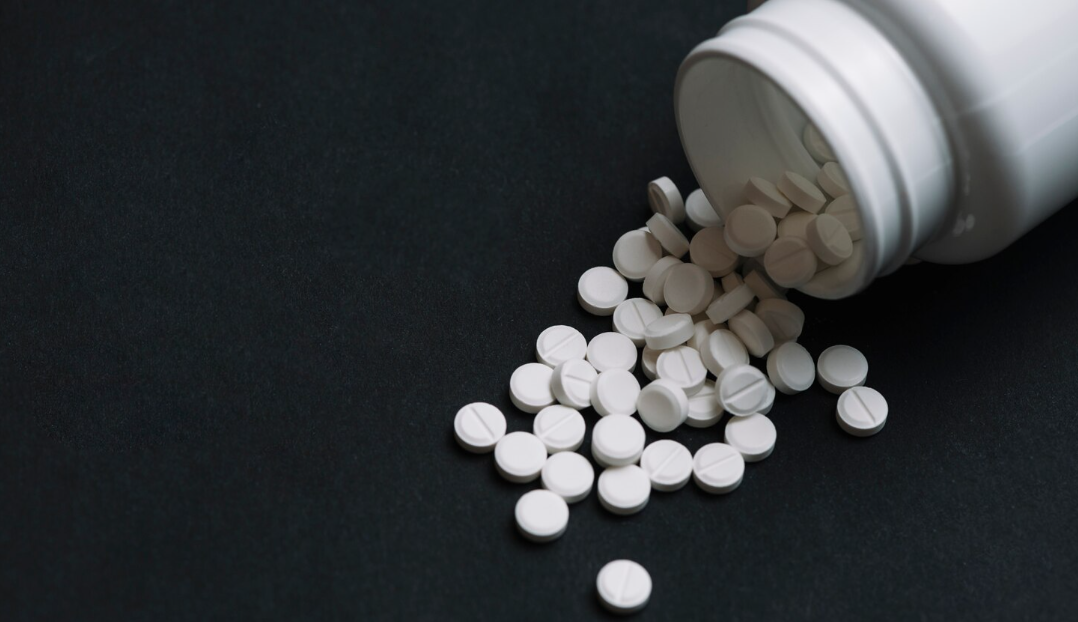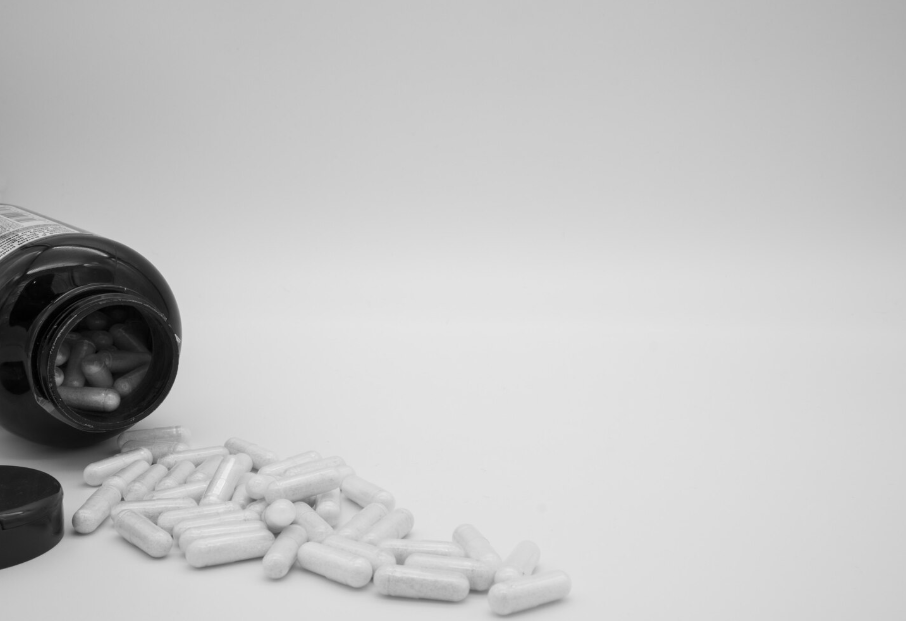The duration of inpatient rehab physical therapy can vary but generally ranges between two to three weeks. During this time, patients participate in daily intensive therapy sessions that aim to improve mobility, strength, flexibility, and overall function. A top-rated addiction center might also offer specialized therapy options alongside physical rehabilitation for individuals dealing with co-occurring conditions. The length of stay depends on several factors, including the individual's medical history, the severity of their condition, and their response to treatment. Customized therapy programs are designed to meet the specific needs of each patient, with progress monitored regularly and adjustments made as necessary to ensure optimal outcomes. Discharge planning, including aftercare services, plays a crucial role in supporting ongoing recovery and well-being post-rehabilitation.
Average Duration of Inpatient Rehab PT
The average length of inpatient rehab physical therapy typically spans from two to three weeks. Throughout this period, patients engage in multiple therapy sessions each day, focusing on enhancing their mobility, strength, flexibility, and functional independence. The individualized treatment plan considers several factors, such as the nature and severity of the condition, the patient’s overall health, and their progress during therapy. The primary goal is to enable patients to regain independence in their daily activities, manage pain, and improve their quality of life. Therapists work closely with patients, adjusting treatment plans as needed to ensure steady improvement and long-term recovery.
Factors Influencing Rehab Length
Several factors can influence the duration of inpatient rehab physical therapy. These include the individual’s medical history, the severity of the injury or condition, and how well they respond to therapy. Patients with complex medical histories may require longer rehabilitation periods to address multiple health issues. Similarly, those with severe injuries may need extended therapy to recover their mobility and function fully. Response to therapy also plays a key role; individuals who actively participate and progress steadily may complete rehabilitation sooner, while others may require a longer stay to achieve their desired outcomes.
Customized Therapy Programs
Inpatient rehab physical therapy centers around creating personalized programs tailored to each patient's specific needs. These customized plans address individual challenges and recovery goals, ensuring the most effective outcomes. Therapists conduct thorough assessments to develop treatment plans that may include therapeutic exercises, manual therapy, and functional training. By considering factors such as the patient's medical history, current condition, and desired level of functionality, therapists can create an intervention strategy that promotes healing and improves mobility. These programs aim to help individuals regain independence and confidence, empowering them to return to their daily routines more easily.
Progress Monitoring and Adjustments
Continuous progress monitoring and adjustments are vital components of inpatient rehab physical therapy. Therapists track improvements in mobility, strength, and pain management, using various assessment tools to measure success and identify any potential setbacks. Regularly evaluating each patient’s response to therapy can adjust the treatment plan to meet evolving needs. This may involve changes to the intensity or type of exercises, as well as incorporating new techniques that optimize recovery. The process ensures patients receive the most appropriate and effective care, leading to better functional outcomes and an enhanced quality of life.
Discharge Planning and Aftercare
As patients near the completion of their inpatient rehabilitation program, thorough discharge planning and aftercare are critical for ensuring continued progress and well-being. Key aspects of discharge planning include:
- Home Environment Assessment: Ensuring the patient's home is safe and equipped for their return.
- Medication Management: Coordinating medication needs to avoid gaps in treatment.
- Follow-up Appointments: Scheduling necessary post-rehabilitation medical visits to monitor progress.
- Therapy and Support Services: Arranging for outpatient therapy or support services to maintain and build on the gains achieved during inpatient care.
Aftercare is essential in maintaining progress and preventing setbacks, offering ongoing support through outpatient services, follow-up appointments, and continued physical therapy as needed.
Other related posts:


.jpg)








